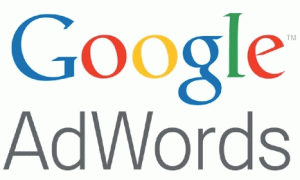DotTechnologies is a US based Web Development Compnay, which provides you with best Website Development and Designing services at highest competitive rates. We also offer you web & Design graphics, Software Development and Search Engine Optimization services.
We develop most adaptable & practical solutions for our valued clients all over the globe. We develop completely custom applications which are specially built for your business or Open Source based quick solutions entirely as per your terms and time frame.
Be it web based large business solutions, Intranet based applications for internal use of an enterprise or windows based multiuser applications, we plan, develop, deploy and maintain them in efficient and most cost effective manner. With best multi technical professional pool and seasoned guidance, We believe in spoiling our clients by providing them round the clock support and attending to all their needs on priority basis. We at DOT technologies follow agile methodology for project management process. This methodology is based on interactive participation on clients’ part and proactive response from development team. We ensure dynamic work environment by having brain storming sessions with the client & amongst team members. Sprint releases from development team help in creating an application which is completely useful for the enterprise.
We develop most adaptable & practical solutions for our valued clients all over the globe. We develop completely custom applications which are specially built for your business or Open Source based quick solutions entirely as per your terms and time frame.
Be it web based large business solutions, Intranet based applications for internal use of an enterprise or windows based multiuser applications, we plan, develop, deploy and maintain them in efficient and most cost effective manner. With best multi technical professional pool and seasoned guidance, We believe in spoiling our clients by providing them round the clock support and attending to all their needs on priority basis. We at DOT technologies follow agile methodology for project management process. This methodology is based on interactive participation on clients’ part and proactive response from development team. We ensure dynamic work environment by having brain storming sessions with the client & amongst team members. Sprint releases from development team help in creating an application which is completely useful for the enterprise.
















